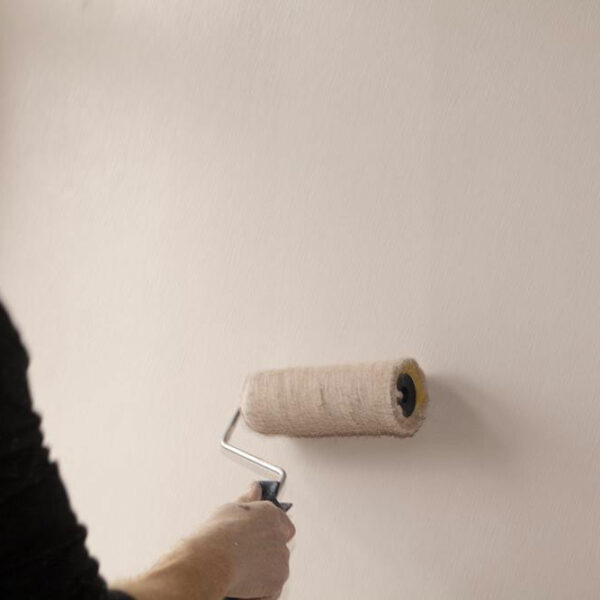Tips to choose the best interior paint primer
Primer is the base which decides the final look of the paint applied to the wall. After all the coating of paint is done primer acts as the showstopper and gives your work a final look and touch. It helps in achieving a smooth and finished look. It protects your walls from stains and odor and also increases the lasting and durability of the paint. Exterior primers help items like wood, masonry or metal from corrosion.

There are many types of primers available in the market and according to your base, you can choose the best one among them-
Oil-based primer
These primers work best in oil paints and latex paints. They are also used on wood and metal surfaces. They don’t let any kind of liquid like ink, water, etc touch your wall. You can use it on your doors, windows, and cabinets.
Latex-based primer
This is the best flexible primer. They prevent the coating of the paint to peel off or crack. They work best on bricks, concrete, and galvanized metals. They are made up of no VOC formula thus making it a healthy choice as well.
Shellac primer
It is used to seal the surface. It is one of the best blocking primers which are widely used by people. It is generally used on plastics, wood, metals, plasters etc. It gives your item a shiny and decorative look and on the hand protects it as well.
All-purpose primer
As the name suggests this primer can be used on both external and internal surfaces. It is very strong, and thus, is very sticky so apply it somewhere before and then apply it on the wall.
All-in-one primer
There are many products in the market in which the paint and primer are in a combined form. That is a very popular product and many builders these days extensively use this commercially. This saves our time a lot because you can get the final product in one coat only.
However, before you use the primer, make sure that your walls are clean and use the same product to get a uniform look.





